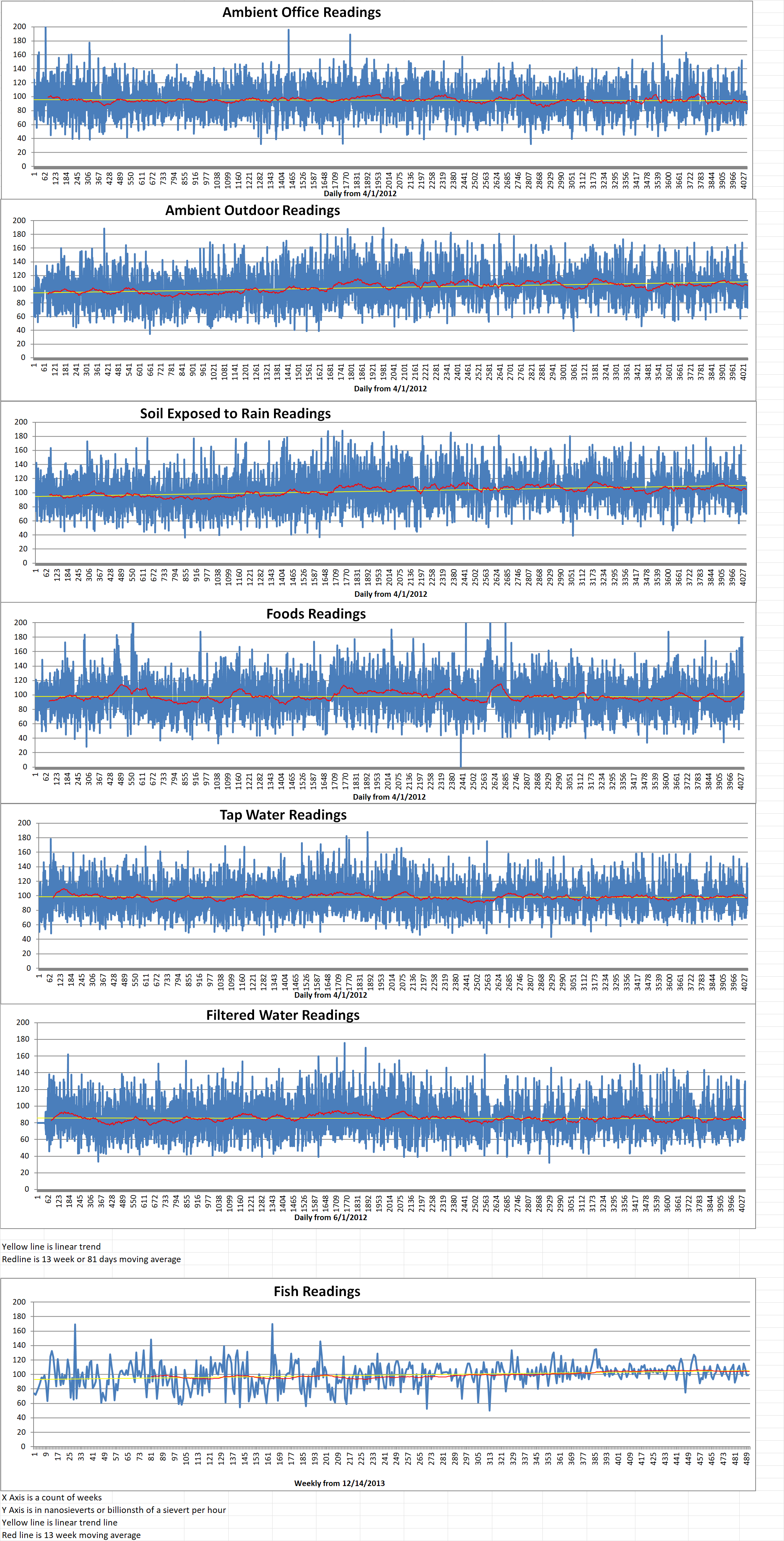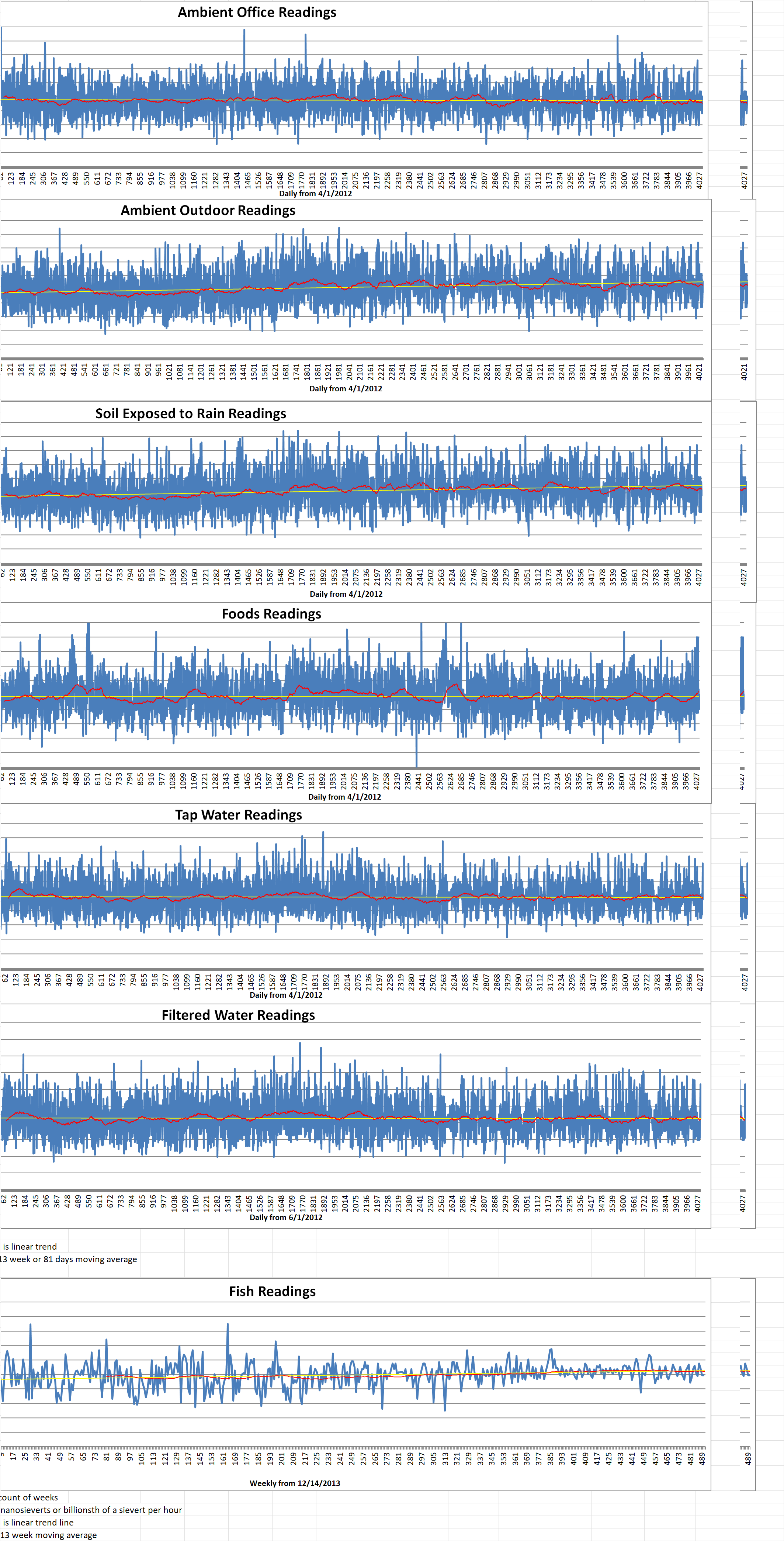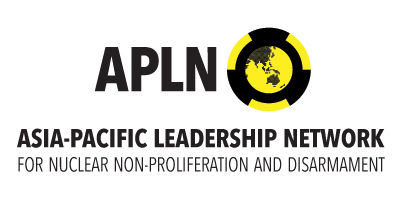Part 1 of 2 Parts
Concern about climate change has brought nuclear power back into the Australian media. Opposition leader Peter Dutton claimed that nuclear power is “the only feasible and proven technology” for cutting CO2 emissions. Energy Minister Chris Bowen responded by saying that Mr. Dutton is promoting the “the most expensive form of energy”.
A great part of the rejection of nuclear power is concern about safety. However, nuclear power supporters claim that the risk from modern nuclear plants is much lower than that of fossil fuels.
Major failures in design and operation incompetence caused the Chernobyl disaster. It has been claimed that no one died at Three Mile Island or from the Fukushima disaster. However, this does not account for fatal cancers which can take decades to manifest. On the other hand, the deaths of nine million people a year can be attributed to polluted air from fossil fuel combustion.
Two more common factors may help to explain why nuclear power has been cut in half as a share of global energy production since the 1990s. These two factors are time and money.
There are four strong arguments against investment in nuclear power. These include Olkiluoto 3, Flamanville 3, Hinkley Point C, and Vogtle.
Cost overruns at these recently constructed commercial nuclear power reactors averaged over three hundred percent. The cost of Vogtle rose from fourteen billion dollars to thirty-four billion dollars. The cost of Flamanville 3 rose from five billion dollars to thirty-one billion dollars. The cost of Hinkley Point C rose from thirty billion dollars to one hundred and thirty billion dollars. Completion of Vogtle was delayed seven years, Olkiluoto was delayed fourteen years and Flamanville was delayed at least twelve years.
A fifth case is Virgil C in the U.S. Fourteen billion dollars was spent before cost overruns resulted in the project being canceled. Three companies built these five nuclear projects, including Westinghouse, EDF, and AREVA. All three either went bankrupt or were nationalized. Consumers, companies and taxpayers will be paying for these cost overruns for decades.
In contrast, the average cost overruns for wind and solar are about zero. They are the cheapest of all energy infrastructures.
Wright’s law states that the more a technology is produced, the more its cost falls. Wind, solar and lithium-ion have all experienced enormous cost declines over the past two decades.
However, for nuclear energy, Wright’s law has been inverted. The more capacity installed; the more costs have risen. A 2020 MIT study found that safety improvements accounted for about thirty percent of nuclear cost increases. However, the lion’s share of the cost increase was due to persistent flaws management, design and supply chains.
In Australia, such cost overruns and delays would ensure that emission reduction targets would be missed. They would also result in spiraling electricity costs, as the grid waited for generation capacity to be added way beyond the original estimated completion date. For fossil fuel companies and their political supporters, this is the real attraction of nuclear power. They would have another decade or two of sales at inflated prices.
Please read Part 2 next
Blog
-

Nuclear Reactors 1295 – Analysis Of Need For Australia To Construct Nuclear Power Plants – Part 1 of 2 Parts
-
Nuclear News Roundup October 30, 2023
Ministerial approval for NexGen uranium project world-nuclear-news.org
Akkuyu 3 reactor pressure vessel delivered world-nuclear-news.org
Landmark nuclear fusion deal struck by US and UK independent.co.uk
Future of California nuclear plant uncertain 1 year after judge extended operations until 2030 foxnews.com
-

Geiger Readings for October 30, 2023
Ambient office = 122 nanosieverts per hour
Ambient outside = 95 nanosieverts per hour
Soil exposed to rain water = 97 nanosieverts per hour
White onion from Central Market = 127 nanosieverts per hour
Tap water = 103 nanosieverts per hour
Filter water = 89 nanosieverts per hour
-
Nuclear News Roundup October 29, 2023
US nuclear sub offers show of force in the Middle East Aljazeera.com
Advocates fear NH clean energy proposal would pit nuclear against solar, wind newhampshirebulletin.com
UAMPS and NuScale Power Terminate SMR Nuclear Project powermag.com
The Air Force asks Congress to protect its nuclear launch sites from encroaching wind turbines apnews.com
-

Geiger Readings for October 29, 2023
Ambient office = 126 nanosieverts per hour
Ambient outside = 130 nanosieverts per hour
Soil exposed to rain water = 126 nanosieverts per hour
Watermelon from Central Market = 122 nanosieverts per hour
Tap water = 118 nanosieverts per hour
Filter water = 100 nanosieverts per hour
-
Nuclear News Roundup October 28, 2023
California’s largest nuclear power plant seeks extension despite safety and environmental concerns kmph.com
Westinghouse Acquisition by Brookfield and Cameco Complete Westinghousenuclear.com
Senator Ellman: Lifting nuclear moratorium creates a sustainable future newschannel20.com
Russia says it test-fired nuclear-capable Bulava missile from new submarine Aljazeera.com
-

Geiger Readings for October 28, 2023
Ambient office = 130 nanosieverts per hour
Ambient outside = 95 nanosieverts per hour
Soil exposed to rain water = 97 nanosieverts per hour
Vine ripened tomato from Central Market = 80 nanosieverts per hour
Tap water = 103 nanosieverts per hour
Filter water = 92 nanosieverts per hour
Dover Sole from Central = 100 nanosieverts per hour
-

Nuclear Weapons 839 – Australian Politicians Promote No First Use Policy For Nuclear Weapons – Part 2 of 2 Parts
Part 2 of 2 Parts (Please read Part 1 first)
Evans said that Joe Biden, the U.S. president, and the former president Barack Obama were “both personally attracted to going down the path of “no first use” or making a “sole purpose” declaration that may have a similar effort. However, he said that both presidents “were dissuaded from doing so by their nervous East European and Asia-Pacific allies, Australia included”. He added that the fact that the Biden administration moved away from such a position in its October 2022 nuclear posture review “should be seen not as the end of the argument, but the beginning – an advocacy challenge for us”.
China has publicly committed to a “no first use” policy. However, it is on track to deploy more than a thousand nuclear warheads by 2030 as part of its rapid military modernization.
The U.S. is reported to have three thousand seven hundred and fifty active nuclear warheads. It has made no such declaration. The U.S. pledged to use nuclear weapons only in “extreme circumstances”.
Kim Jong-un is the leader of North Korea. Last year he called for an exponential increase” in the regime’s nuclear arsenal.
Evans issued a stark warning about the international security environment. He said that the risk of nuclear weapons being used through human error, miscalculation or system error was “greater than ever, not least given new developments in AI and cyber-offence capability”. In addition to seeking universal support of “no first use”, Evans also mentioned other potential risk-reduction measures including cutting the number of nuclear weapons ready for immediate use.
Evans said, “The case for the Albanese government getting back on the front foot in this space and articulating a principled but realistic agenda that is capable of having a positive international impact, and giving some comfort to ALP members and voters that we are really serious about nuclear arms control, seems overwhelming.”
Gareth Evans was foreign minister of Australia from 1988 to 1996 under the Keating and Hawke administrations. His concern about nuclear weapons use will probably carry some weight within the Australian government.
The current foreign minister of Australia is Penny Wong. She has praised Evans for his “very proud record” on disarmament and non-proliferation. In the joint letter to the current Prime Minister before his trip to China, Evans and fourteen other arms control advocates and political figures said that the Indo-Pacific was now the “the epicenter of global nuclear threats. Potential flashpoints form an arc ranging from north-east Asia through East Asia to the South China Sea and on to south Asia. “However, in contrast to the many structures that evolved to manage cold war nuclear relations, our region has yet to develop such mechanisms. Urgent action is required to address this situation.”
The APLN letter was supported by high-powered experts including John Carlson, the former head of the Australian Safeguards and Non-Proliferation Office, and Ramesh Thakur, a former UN assistant secretary general, John Tilemann, a former diplomat and international civil servant with the International Atomic Energy Agency, and Gary Quinlan, a former Australian ambassador to the UN, the leader of the Greens in the Senate, Larissa Waters. -

Geiger Readings for October 27, 2023
Ambient office = 113 nanosieverts per hour
Ambient outside = 65 nanosieverts per hour
Soil exposed to rain water = 67 nanosieverts per hour
Tomato from Central Market = 87 nanosieverts per hour
Tap water = 67 nanosieverts per hour
Filter water = 59 nanosieverts per hour
-
Nuclear News Roundup October 27, 2023
Deputies investigating after car crashes into nuclear station in South Carolina wsoctv.com
Will US-China talks on nuclear arms and climate be productive? News.yahoo.com
Updated nuclear bill expected to get vote wspynews.com
Kremlin says West is aggressive but we stick to our nuclear doctrine finance.yahoo.com
